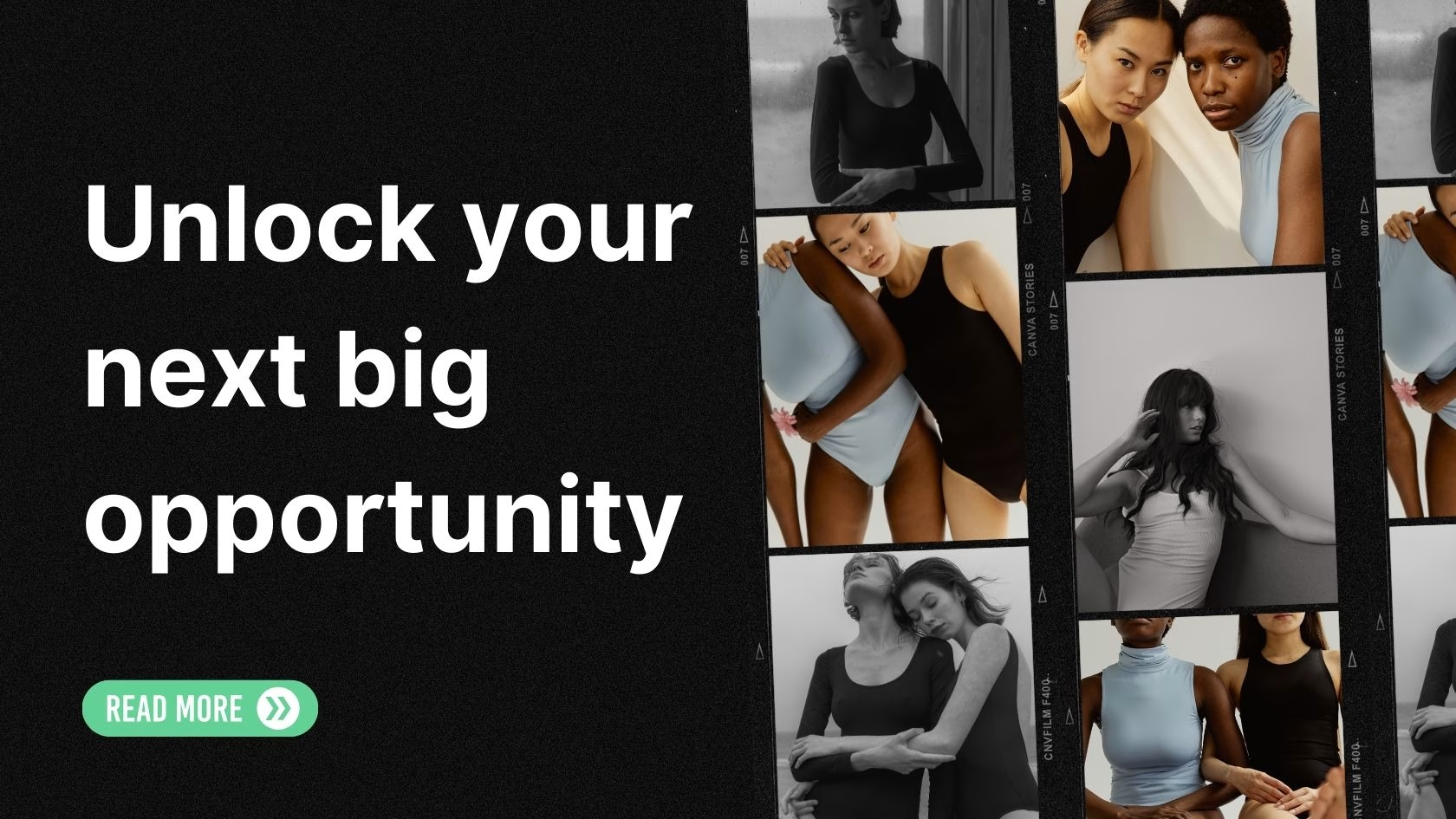Takeaways:
- Justin Baldoni’s lawsuit sheds light on behind-the-scenes tensions during the production of It Ends With Us.
- Blake Lively’s creative input and support from Ryan Reynolds and Taylor Swift sparked controversy.
- Industry dynamics, including allegations of power struggles and creative disagreements, highlight challenges in collaborative filmmaking.
Introduction
The entertainment industry is no stranger to creative disputes, but the recent legal drama involving It Ends With Us director and star Justin Baldoni, Blake Lively, Ryan Reynolds, and Taylor Swift has taken Hollywood’s behind-the-scenes dynamics to a new level. This $400 million lawsuit offers a window into the complexities of adapting best-selling novels to the big screen, with a spotlight on artistic vision, power dynamics, and high-profile collaborations.
The Core Conflict: Rewriting a Key Scene
During the pre-production phase of It Ends With Us, Blake Lively proposed a rewrite of the pivotal rooftop scene where Lily Bloom (played by Lively) meets Ryle Kincaid (played by Baldoni). Despite initial hesitation, Baldoni ultimately agreed to review Lively’s version of the scene.
According to the lawsuit, Baldoni found Lively’s rewrite “dramatically” different from the original script. When he voiced his concerns, Lively allegedly involved her husband, Ryan Reynolds, and close friend Taylor Swift to advocate for her vision. The pressure from these entertainment powerhouses led Baldoni to reluctantly accept the changes.
In one alleged text exchange, Lively compared herself to Game of Thrones’ Khaleesi, referencing Reynolds and Swift as her “dragons” who fiercely protect her interests.
The Power of Influence: Ryan Reynolds and Taylor Swift
The lawsuit claims Baldoni was “summoned” to a meeting with Reynolds and Swift at a New York City penthouse. There, Swift praised Lively’s script, leaving Baldoni with the impression that compliance was expected. Text messages cited in the lawsuit reveal Baldoni’s attempt to diplomatically acknowledge Lively’s changes, but he noted that Reynolds’ and Swift’s involvement felt unnecessary.
Blake Lively, meanwhile, expressed gratitude for her “dragons,” stating that their unwavering support countered years of feeling overlooked in the industry.
Blake Lively’s Executive Producer Role
Lively’s involvement in It Ends With Us extended beyond acting. Earning her first executive producer credit, she took pride in shaping the film. In interviews, Lively revealed that her work behind the scenes was far more substantial than her on-screen contributions. She emphasized her passion for storytelling and her gratitude for having creative control.
Allegations and Counterclaims
The lawsuit is the latest chapter in a series of legal battles between Baldoni and Lively. On December 20, Lively filed a complaint accusing Baldoni of fostering a hostile work environment, including pressuring her to simulate nudity and engage in unrehearsed physical intimacy. Baldoni’s countersuit alleges defamation and outlines what he perceives as a “retaliatory smear campaign” orchestrated by Lively.
Additionally, Baldoni filed a $250 million lawsuit against The New York Times for alleged libel, accusing the outlet of publishing misleading excerpts from private communications.
Industry Implications
This case highlights the complexities of balancing creative freedom with collaboration in Hollywood. High-profile projects often involve passionate personalities, and this lawsuit underscores the challenges of navigating power dynamics while preserving artistic integrity.
The involvement of megastars like Taylor Swift and Ryan Reynolds demonstrates the far-reaching influence of celebrity endorsements in shaping creative decisions. However, it also raises questions about the ethical boundaries of leveraging fame in professional disputes.
Conclusion
The It Ends With Us controversy serves as a reminder of the intricate interplay between art and business in the entertainment industry. As the legal proceedings unfold, they will likely influence future discussions about collaboration, accountability, and creative control in Hollywood.


